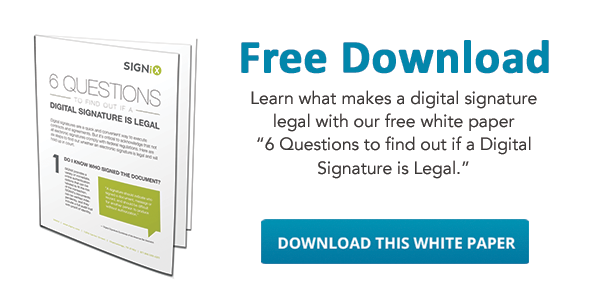In order to fully accept digital data and move into a truely paperless office, we should look at some of the factors of why many businesses fail at becoming completely paperless.
Canada is the world’s largest exporter of office printing paper, and they have seen their paper exports more than double in the last 15-20 years, the same time frame as the computer revolution.
There seems to be no stopping the proliferation of paper in the office. Hewlett Packard, one of the world’s most well known printer manufacturers, predicted a 50% increase in paper use from 2003-2008 (New Zealand Management, 2001).
One of the primary contributors to the rise in paper consumption is the propagation of computers and computerized data communication (Hilgen, 2000). Over 200 million printers were sold between 1998 and 2003 and some 6.3 million printers designed to print digital photographs were figured to be sold. Additionally, Gartner Group has estimated that laser printer and fax machine sales in the United States has increased 12 and 22 times over, respectively, during the 1990s (New Zealand Management, 2001). The rise in printer sales have to do primarily with the converse drops in cost for these peripherals. Each of these devices requires paper, and for 2001 it was estimated that North America would use some 2.2 trillion pieces of paper in printers, fax machines, copiers and other document-reliant machines (King, 2001).
Whether we are speaking about the business side or the personal side of becoming paperless, we have many of the same obstacles to overcome, mainly our way of thinking. Printed words on paper seem to add some credibility and permanence to the information being revealed. Many people trust that a signed document must be completed on paper.
Digital signature technology has many benefits including:
Many of our most pressing concerns about moving to a paperless office have to do with mindset and planning. Technology has moved in such a rapid movement in the past 10 years, with so many electronic devices that now allow us to transition from a paper-based office to a paperless office, accepting digital data and documentation.
In today’s competitive business world, superior customer service is a must. That’s where SIGNiX becomes your competitive advantage. Instead of asking the consumer to wait up to a week or more while you print, collate and courier a stack of paper documents for their signature, SIGNiX allows you to deliver mission critical business documents online for immediate execution.
Canada is the world’s largest exporter of office printing paper, and they have seen their paper exports more than double in the last 15-20 years, the same time frame as the computer revolution.
There seems to be no stopping the proliferation of paper in the office. Hewlett Packard, one of the world’s most well known printer manufacturers, predicted a 50% increase in paper use from 2003-2008 (New Zealand Management, 2001).
One of the primary contributors to the rise in paper consumption is the propagation of computers and computerized data communication (Hilgen, 2000). Over 200 million printers were sold between 1998 and 2003 and some 6.3 million printers designed to print digital photographs were figured to be sold. Additionally, Gartner Group has estimated that laser printer and fax machine sales in the United States has increased 12 and 22 times over, respectively, during the 1990s (New Zealand Management, 2001). The rise in printer sales have to do primarily with the converse drops in cost for these peripherals. Each of these devices requires paper, and for 2001 it was estimated that North America would use some 2.2 trillion pieces of paper in printers, fax machines, copiers and other document-reliant machines (King, 2001).
Whether we are speaking about the business side or the personal side of becoming paperless, we have many of the same obstacles to overcome, mainly our way of thinking. Printed words on paper seem to add some credibility and permanence to the information being revealed. Many people trust that a signed document must be completed on paper.
Digital signature technology has many benefits including:
- Signer Authenticity
- Reduced Processing Time
- Reduced Operational Costs
- Security and Confidentiality for Documents and Data
- Enhanced Process Efficiency and Optimization
- Speedy Decision-making and Approval Process
- Non-repudiation and Integrity
Many of our most pressing concerns about moving to a paperless office have to do with mindset and planning. Technology has moved in such a rapid movement in the past 10 years, with so many electronic devices that now allow us to transition from a paper-based office to a paperless office, accepting digital data and documentation.
In today’s competitive business world, superior customer service is a must. That’s where SIGNiX becomes your competitive advantage. Instead of asking the consumer to wait up to a week or more while you print, collate and courier a stack of paper documents for their signature, SIGNiX allows you to deliver mission critical business documents online for immediate execution.
%20formatted-1.png?width=2528&height=739&name=SIGNiX%20Logo%20Main%20(white)%20formatted-1.png)

